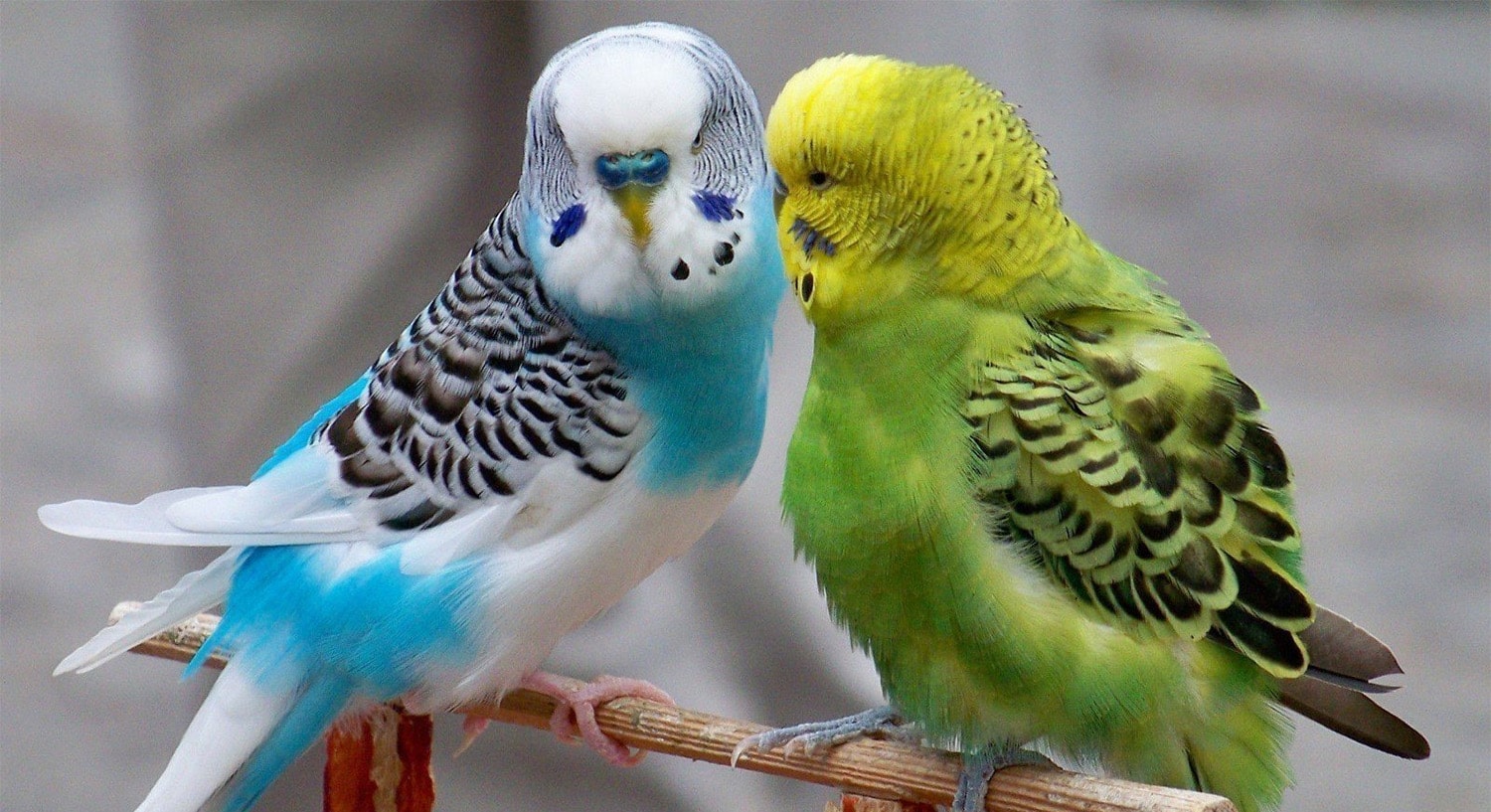
38 interesting facts about parakeets
- 👁️ 265
Parakeets, with their vibrant colors and engaging personalities, are among the most popular pets worldwide. These small to medium-sized parrots belong to several genera, which include many species, each with unique characteristics. They are known for their ability to mimic human speech and sounds, making them fascinating companions. Despite their delicate appearance, parakeets are resilient and adaptive birds, capable of thriving in various environments. From the wild forests of Australia to the cozy living rooms of urban dwellings, parakeets have a way of brightening the world around them. Here are thirty-eight interesting and informative facts about parakeets that showcase their diversity, intelligence, and beauty.
- Parakeets belong to the broad family of birds known as Psittacidae, which includes all species of parrots.
- The term “parakeet” refers to small to medium-sized parrot species with long tail feathers.
- Budgerigars, commonly known as budgies, are one of the most popular parakeet species kept as pets.
- Parakeets can come in a wide range of colors, including green, blue, yellow, and white.
- They are native to various parts of the world, including Australia, Asia, and Central and South America.
- In the wild, parakeets prefer warm climates and are often found in forests, woodlands, and grasslands.
- The average lifespan of a parakeet is between 5 to 15 years, depending on the species and living conditions.
- Parakeets are highly social birds that live in flocks when in the wild.
- They have a strong ability to mimic human speech and other sounds, a trait more pronounced in some species than others.
- A group of parakeets is known as a flock or a company.
- The diet of parakeets in the wild mainly consists of seeds, fruits, and vegetables.
- Parakeets have zygodactyl feet, meaning they have two toes facing forward and two backward, which helps them grasp branches and food.
- They require mental stimulation and physical exercise to stay healthy and happy.
- Parakeets are monogamous and can form strong pair bonds with their mates.
- They communicate through a variety of chirps, squawks, and whistles.
- In captivity, parakeets need a diet supplemented with vitamins, minerals, and proteins to mimic their natural diet.
- Some parakeet species are known for their exceptional flying abilities.
- Parakeets can learn tricks and enjoy interactive play with their human companions.
- They are known to display signs of affection to their mates and owners, such as gentle nibbling and preening.
- The world record for the oldest parakeet is held by a budgie named Charlie, who lived to be 29 years old.
- Parakeets need social interaction and can become lonely if left alone for extended periods.
- Their feathers contain a unique protein called psittacofulvins, which is responsible for their bright colors.
- Parakeets can be trained to use a litter box or designated area for waste.
- Some species of parakeets are endangered due to habitat loss and pet trade.
- Parakeets bathe in water or dust to keep their feathers clean.
- They have excellent vision and can see ultraviolet light, which helps them identify ripe fruits and vegetables.
- The beak of a parakeet grows continuously and needs to be worn down by chewing on hard objects.
- Parakeets are very agile and can perform acrobatic flips and turns mid-air.
- They have a rapid heart rate, which can reach up to 300 beats per minute.
- Nesting in cavities, parakeets often use trees, rock crevices, or artificial nest boxes in captivity.
- Female parakeets can lay multiple clutches of eggs each year, depending on the species.
- Parakeets use their beaks and feet to explore and manipulate objects, showing a high level of curiosity.
- They can suffer from various health issues if not provided with proper care, including malnutrition, obesity, and respiratory infections.
- Environmental enrichment, such as toys and puzzles, is crucial for their well-being.
- Wild parakeets often forage together, demonstrating complex social behaviors and communication.
- The coloration of their plumage plays a role in mating and territorial displays.
- Parakeets have been kept as pets for hundreds of years, with historical records dating back to ancient times.
- They play an essential role in seed dispersal in their natural habitats, contributing to the health of their ecosystems.
In conclusion, parakeets are not only beautiful and entertaining companions but also creatures of remarkable complexity and diversity. Their ability to bond with humans, coupled with their vibrant personalities, makes them a favorite among bird lovers. Understanding and appreciating the depth of their needs and behaviors can lead to a more fulfilling and enriching experience for both the parakeets and their caretakers. These feathered friends remind us of the beauty of nature and the importance of preserving their natural habitats and species.
Parakeets, with their vibrant colors and engaging personalities, are among the most popular pets worldwide. These small to medium-sized parrots belong to several genera, which include many species, each with unique characteristics. They are known for their ability to mimic human speech and sounds, making them fascinating companions. Despite their…